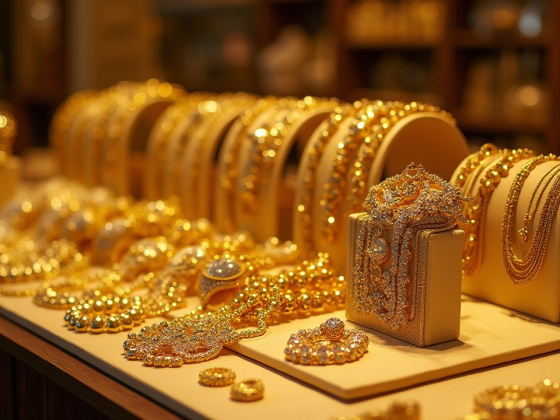Gold prices may reach new peaks, driven by potential US Federal Reserve rate cuts, ongoing central bank acquisitions, and increased ETF investments, according to ING Group.
The bank has revised upwards its forecast for gold prices this year as the precious metal remains in demand.
Forecasts
Gold has emerged as a top-performing major commodity this year, with its value increasing by over 25%.
The surge is attributed to several factors: US President Donald Trump’s assertive trade policies, ongoing conflicts in the Middle East and Ukraine, and significant purchases by central banks.
Gold experienced most of its gains in the first four months of the year, reaching a record high of over $3,500 per ounce in April. Since then, it has traded within a narrow range and has not surpassed that level again.
“However, with US rate cuts bets intensifying, gold could be poised for another fresh record high,” Ewa Manthey, commodities strategist at ING Group, said in a report.
A potential catalyst to reignite a record-breaking rally could be a rate cut by the Federal Reserve, according to ING.
ING now expects gold prices to average $3,400 per ounce in the third quarter of this year compared with an earlier forecast of $3,250 an ounce.
In the fourth quarter, the agency sees gold averaging $3,450 an ounce against its previous forecast of $3,200 per ounce.
For the year as a whole, the agency has revised its forecast to $3,250 per ounce compared to its earlier view of $3,128 an ounce.
Rate cut speculation
Expectations are high for a US central bank interest rate cut next month, with traders assigning a 93% probability. This follows a disappointing jobs report last week, contributing to a deteriorating outlook for both US growth and inflation.
ING economists now expect three cuts for the rest of this year and another two in early 2026, which is more aggressive than markets are pricing.
Gold’s allure as a safe haven is also being bolstered by the impending actions of the Fed committee.
Trump may have the chance to appoint a successor who aligns with his rate-cutting goals, following Federal Reserve Governor Adriana Kugler’s resignation earlier this week.
Manthey said:
Of course, he’s no fan of Chair Powell, and his term ends next May. It’s all adding to fears about the Fed’s independence, all the time boosting the gold price.
Lower interest rates typically boost gold, which doesn’t pay interest, compared to other assets.
Central bank purchases
Another key driver of gold’s rally, central bank buying, remains solid.
Global official gold reserves saw an increase of 166 tonnes in the second quarter of this year, according to World Gold Council data.
The National Bank of Poland was the leading buyer, adding 19 tonnes to its gold reserves in Q2, though this was less than the 49 tonnes purchased in Q1.
Poland’s official gold holdings now stand at 515 tonnes, constituting 22% of its total reserves.
Second-quarter gold buying saw a 33% decline quarter-on-quarter, marking the second consecutive quarter of slowing demand. This slowdown is likely attributed to the year’s rally in gold prices.
Central banks increased net purchases to 22 tonnes in June, marking the third consecutive monthly rise.
“Looking ahead, we believe central banks will continue to add gold to their reserves given the still-uncertain economic environment and the drive to diversify away from the US dollar,” Manthey added.
China demand and ETF inflows
The People’s Bank of China continued its gold acquisition trend in July, marking the ninth consecutive month of increased gold reserves.
The central bank’s gold holdings rose by 60,000 troy ounces to a total of 73.96 million troy ounces last month. This consistent buying spree, which commenced in November, has resulted in a cumulative purchase of approximately 36 tonnes.
According to WGC data, gold-backed ETFs experienced a significant surge in investment during the second quarter, resulting in a net increase of 170 tonnes in global holdings.
This strong demand in April and June successfully offset a minor decline observed in May.
ETFs experienced a robust first half of the year, with a significant increase of 397 tonnes in global holdings.
This strong demand, positive across all regions, followed the 227 tonnes recorded in the first quarter. The surge was primarily fueled by rising gold prices, geopolitical tensions, and concerns over inflation.
The post ING Group predicts new gold peaks driven by rate cuts and strong demand appeared first on Invezz


